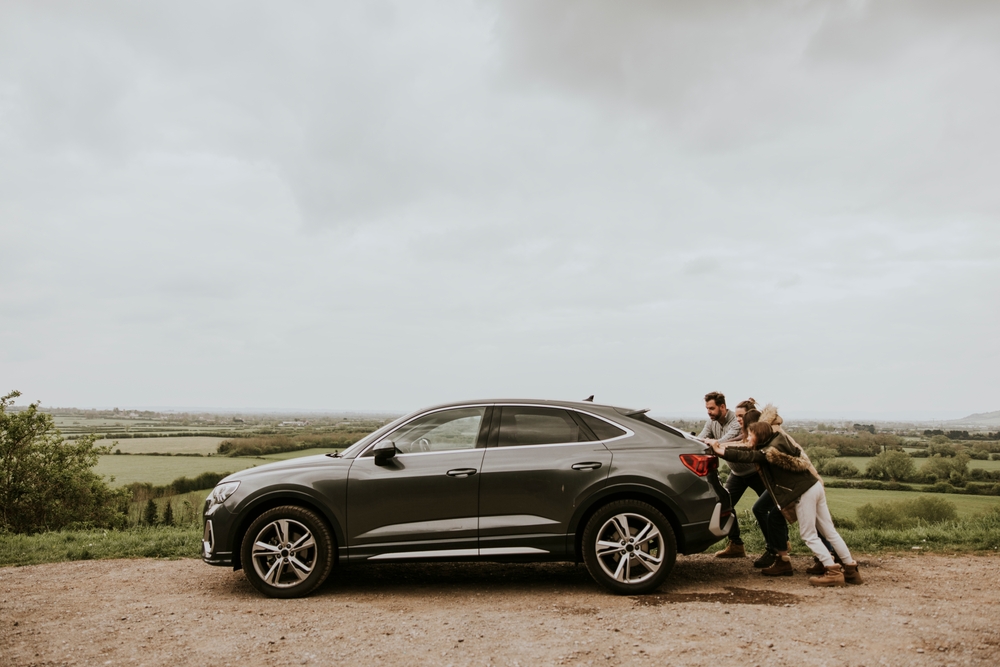Winter driving presents unique challenges that can strain your vehicle and increase the risk of breakdowns. Low temperatures, icy roads, and unpredictable conditions make preparation essential.
By taking proactive steps, adapting your driving habits, and being ready for emergencies, you can significantly reduce the risk of winter travel issues. van
Preparing Your Vehicle for Winter: Essential Maintenance Checks
Cold weather can impact various aspects of your vehicle, so thorough preparation is key. Start with the battery, as freezing temperatures can weaken its capacity. Have it tested before winter arrives and replace it if it shows signs of wear.
Your tyres are your first line of defence on slippery roads. Ensure they have adequate tread depth (at least 3mm is recommended) and maintain the correct pressure, as tyre pressure can drop in cold weather. If you live in an area prone to snow and ice, consider switching to winter tyres for better grip and safety.

Check your car’s fluids and systems, starting with antifreeze. Ensure the coolant mixture is suitable for freezing temperatures, and top up your windshield washer fluid with a winter-specific formula. Test your heating and defrosting systems to ensure they’re working efficiently—it’s better to find and fix any issues before they become a problem. Finally, inspect your wipers, brakes, and lights, as these are critical for safe winter driving. If you’re considering upgrading your vehicle for added reliability, explore options like approved used VW models that come with rigorous quality checks.
Driving Habits to Minimise Cold Weather Stress on Your Car
How you drive in winter can significantly impact your vehicle’s reliability. Always allow your engine to warm up for a minute or two before setting off. This helps circulate oil properly and reduces strain on the engine components.
Adopt smooth driving techniques to protect both yourself and your car. Gradual acceleration, gentle braking, and cautious cornering can help prevent skidding on icy roads and reduce wear on your tyres and brakes. Additionally, avoid using cruise control in slippery conditions, as it can lead to loss of control.
Keep your fuel tank at least half full to prevent condensation from forming in the fuel lines, which can freeze in sub-zero temperatures. Planning your routes carefully is another good habit—stick to gritted main roads rather than attempting risky shortcuts through untreated areas.

Emergency Preparedness: What to Keep in Your Winter Survival Kit
Even with the best preparation, breakdowns can happen. A well-stocked winter survival kit is essential for safety and peace of mind. Include items like a high-visibility jacket, blankets, a torch, jumper cables, and de-icer. A fully charged phone or power bank is also vital for calling for help.
If you get stranded, stay warm by conserving energy and layering up. Use hazard lights or a warning triangle to signal for assistance. Having these items on hand ensures you’re ready for any eventuality and can stay safe until help arrives.
Winter driving doesn’t have to be stressful. By combining regular maintenance, careful driving habits, and emergency preparedness, you can significantly reduce the chances of breaking down. Take action now to protect yourself and your vehicle, and share your winter preparation tips in the comments below—safe travels!
The Art of Disconnecting – How to Actually Switch Off from Work





